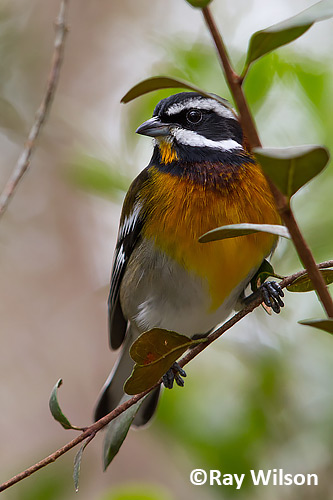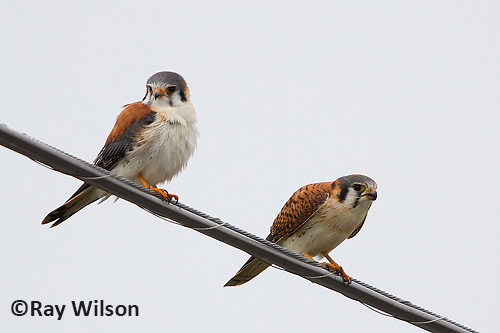
- Home
- Photography Tours
- Diary / Blog
- Galleries
- Foreign Trips
- Tasmania 2016
- NE Queensland 2016
- Western Alps 2016
- NE Spain 2016
- Australia's Wet Tropics 2015
- Australia's Top End 2015
- SW Australia 2015
- Switzerland 2015
- Andalucia 2015
- Belize 2015
- Australia 2014
- Switzerland 2014
- Belize 2014
- Bahama Islands 2014
- Switzerland 2013
- Ecuador 2012-2013
- Florida 2011-2012
- Vancouver Island 2011
- Australia 2010
- Peru 2008
- Bulgaria 2007
- Lesvos 2006
- California 2006
- New Zealand 2005
- Extremadura 2005
- Goa, India 2004
- The Gambia 2003
- About
January 2014
8th-9th January 2014
Grand Bahama, Bahama Islands
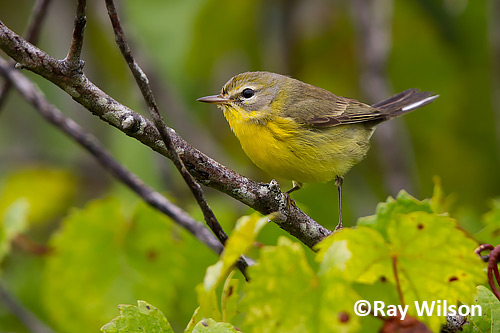
female Prairie Warbler (Dendroica discolor)
I arrived on the Bahamas a couple of days ago for the start of a 24-day trip and have so far been spending my time exploring the island of Grand Bahama. The weather hasn't been great so far, with dull, overcast skies and drizzly rain a lot of the time but despite this I've still managed to get many good photos of the birdlife.
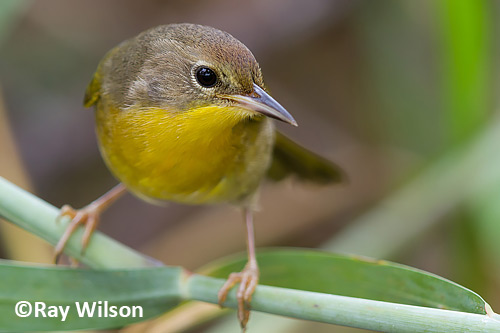
female Bahama Yellowthroat (Geothlypis rostrata)
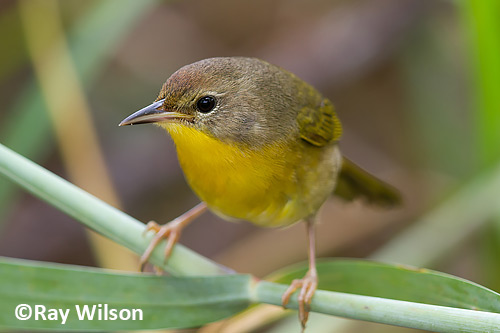
female Bahama Yellowthroat (Geothlypis rostrata)
Bahama Yellowthroat is endemic to the northern Bahama Islands. The female is similar to Common Yellowthroat, a winter visitor to the Bahamas, but can be differentiated by its larger size; longer, thicker bill; rufous forehead and more extensive yellow on the underparts extending down to the belly. A female Common Yellowthroat is shown below for comparison.
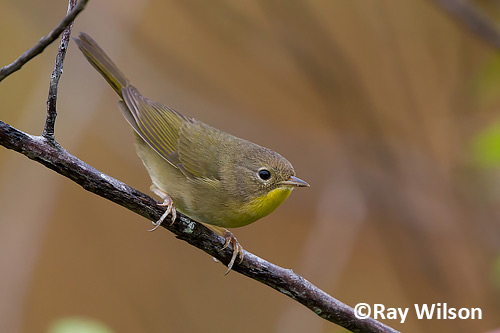
female Common Yellowthroat (Gthlypis trichas)
Other Caribbean endemics present on Grand Bahama included Cuban Pewee, Cuban Emerald and Western Spindalis.
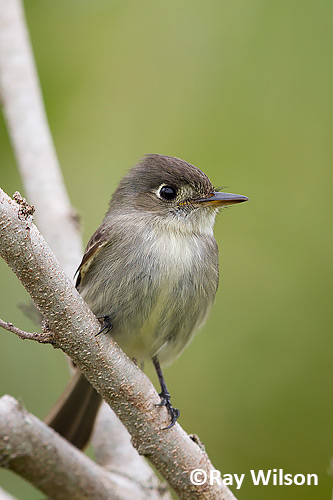
Cuban Pewee (Contopus caribaeus) |
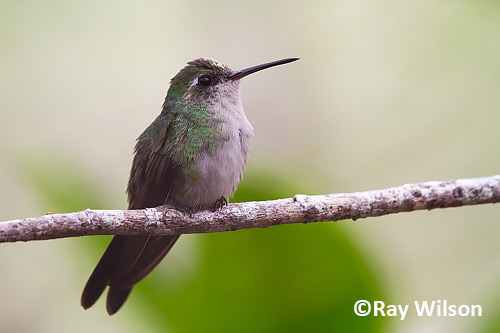
female Cuban Emerald (Chlorostilbon ricordii)
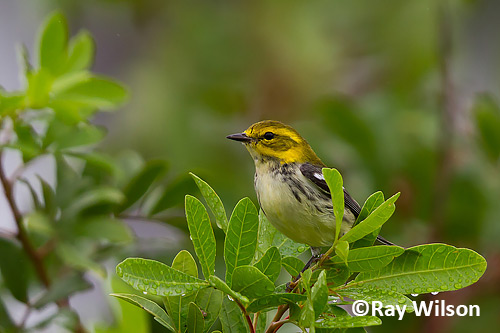
Black-throated Green Warbler (Dendroica virens)
Smooth-billed Ani is fairly common and is usually seen roaming around in noisy family groups.
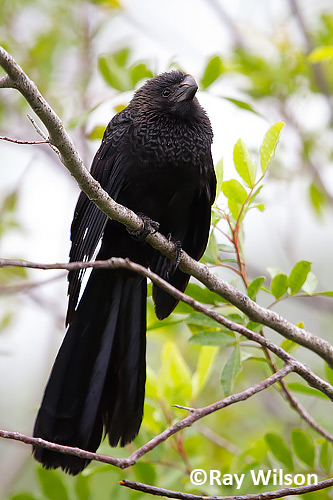
Smooth-billed Ani (Crotophaga ani)
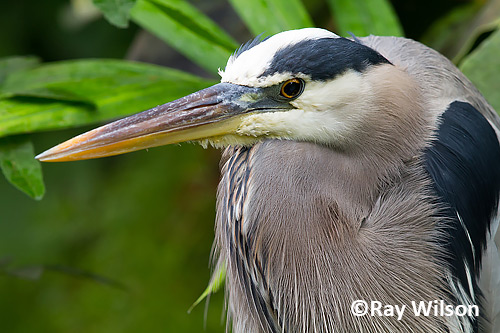
Great Blue Heron (Ardea herodius)
A pair of American Kestrels were holding a territory very close to where I was staying and were extremely cooperative at times.
American Kestrel (Falco sparverius)
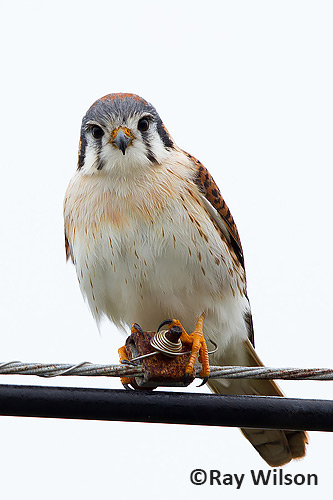
female American Kestrel (Falco sparverius) |
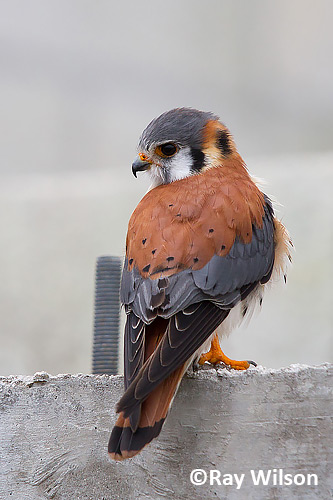
male American Kestrel (Falco sparverius) |
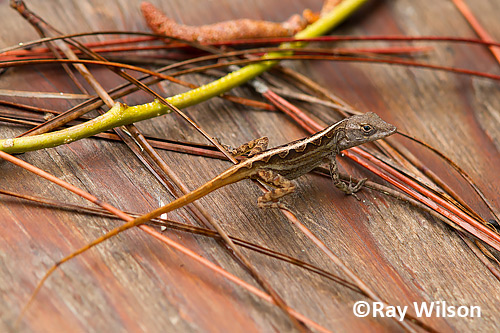
female Brown Anole (Anolis sagrae)
Raccoons were extremely tame and came to scrounge for tidbits from the tourists while they were eating their lunches, taking the pro-offered food with extreme delicacy and gentleness.
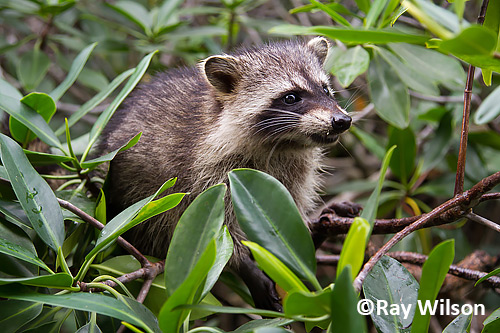
American Raccoon (Procyon lotor)
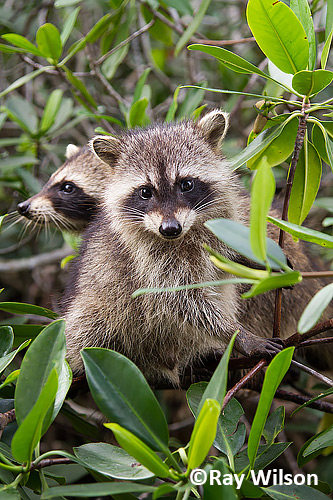
American Raccoon (Procyon lotor)
Ray Wilson owns the copyright of all images on this site.
They may not be used or copied in any form without prior written permission.
raywilsonphotography@googlemail.com
